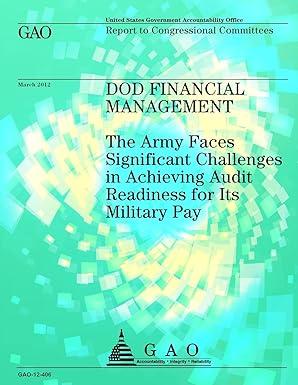LUM). Investment In Roasted Coffee Plant Mr. Donovan is considering purchasing a coffee plant in Cuba where labour is cheap and there are proximal coffee farms to help lower transportation costs. The acquisition price of the plant is $6M, which includes roasting equipment that originally cost $14M when it was purchased 8 years ago. Some of the equipment is on its last legs, so an additional $2M of equipment has to be purchased. The roaster plant currently has $2M of available tax shield left, excluding any tax shield related to the equipment to be purchased. The direct materials and direct labour used to manufacture these products are 8% and 7% of sales, respectively. The actual roasting processing costs are approximately 17% of sales. These costs as a percentage of sales are expected to remain consistent over the time horizon. The plant also requires two managers with fixed salaries of $50,000 each per year. Insurance for the plant and equipment is $40,000 per year. Other incremental manufacturing overhead costs (property taxes, maintenance, security, etc.) excluding depreciation are estimated to be $75,000 annually. Wages are expected to increase with inflation (estimated to be 2%) over the time period, while other fixed costs are expected to remain steady. Transportation variable costs (gas, variable overhead, etc.) are estimated to be 12% of revenue, and include transportation of raw materials to the roaster and finished products to the port for delivery to OCH coffeehouses. The roasted coffee plant is expected to produce 1.1M pounds of coffee for the first two years, with production dipping by 100,000 pounds per year after this due to lower productivity from the deteriorating equipment. Each pound of roasted coffee can be sold at $3.25 per pound (either to retail cafes, franchise cafes, or to wholesale partners), with the price expected to rise with inflation over time. Each pound of coffee can make 30 cups of coffee that can sell at an LUM). Investment In Roasted Coffee Plant Mr. Donovan is considering purchasing a coffee plant in Cuba where labour is cheap and there are proximal coffee farms to help lower transportation costs. The acquisition price of the plant is $6M, which includes roasting equipment that originally cost $14M when it was purchased 8 years ago. Some of the equipment is on its last legs, so an additional $2M of equipment has to be purchased. The roaster plant currently has $2M of available tax shield left, excluding any tax shield related to the equipment to be purchased. The direct materials and direct labour used to manufacture these products are 8% and 7% of sales, respectively. The actual roasting processing costs are approximately 17% of sales. These costs as a percentage of sales are expected to remain consistent over the time horizon. The plant also requires two managers with fixed salaries of $50,000 each per year. Insurance for the plant and equipment is $40,000 per year. Other incremental manufacturing overhead costs (property taxes, maintenance, security, etc.) excluding depreciation are estimated to be $75,000 annually. Wages are expected to increase with inflation (estimated to be 2%) over the time period, while other fixed costs are expected to remain steady. Transportation variable costs (gas, variable overhead, etc.) are estimated to be 12% of revenue, and include transportation of raw materials to the roaster and finished products to the port for delivery to OCH coffeehouses. The roasted coffee plant is expected to produce 1.1M pounds of coffee for the first two years, with production dipping by 100,000 pounds per year after this due to lower productivity from the deteriorating equipment. Each pound of roasted coffee can be sold at $3.25 per pound (either to retail cafes, franchise cafes, or to wholesale partners), with the price expected to rise with inflation over time. Each pound of coffee can make 30 cups of coffee that can sell at an







